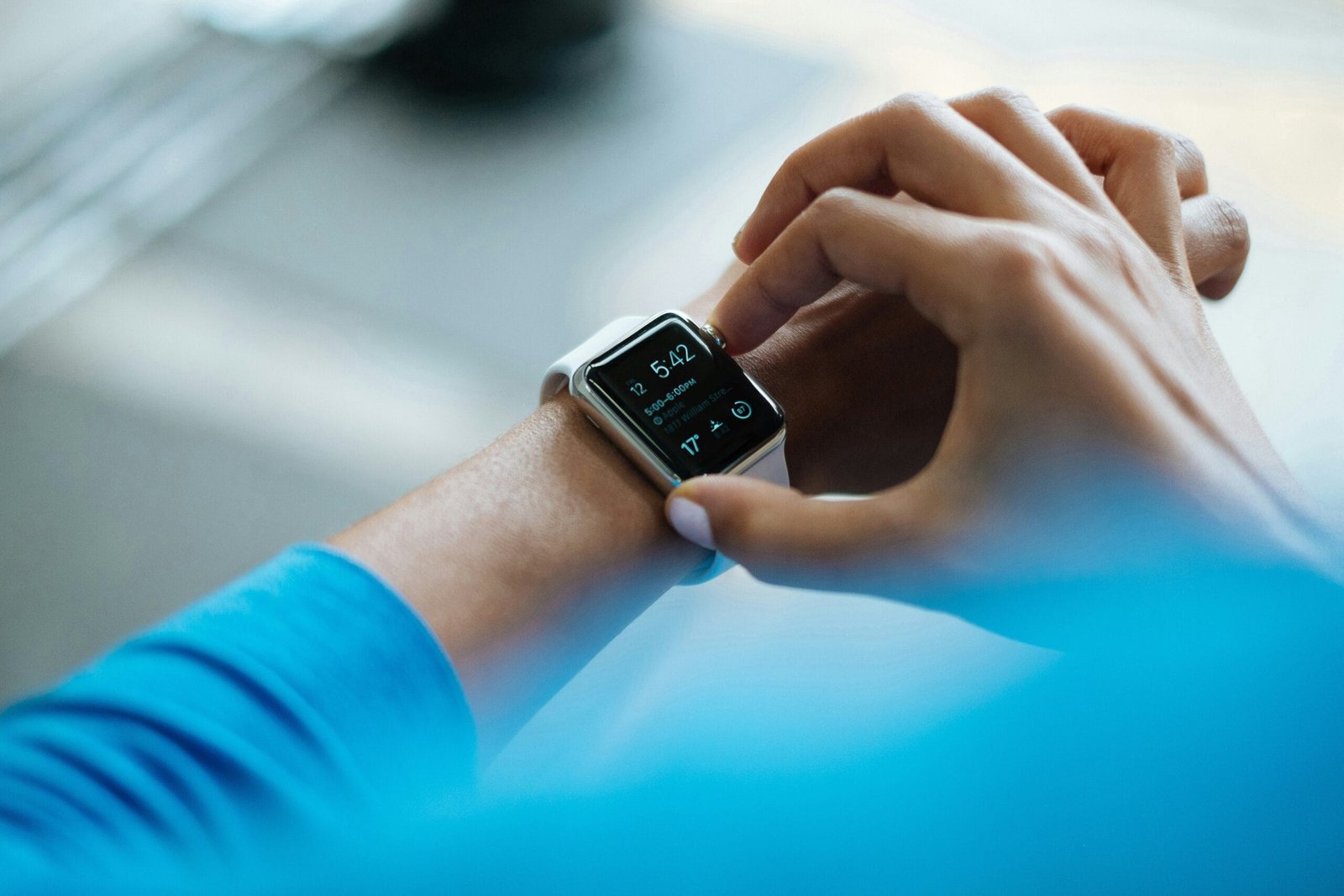The Impact of Technology on Mental Health: Balancing Benefits and Risks of Screen Time

Introduction: The Double-Edged Sword of Technology
In the contemporary digital landscape, technology plays an undeniably pivotal role in shaping various aspects of our daily lives, particularly in relation to mental health. The advent of smartphones, social media, and numerous digital platforms has revolutionized the way individuals communicate, access information, and seek support for mental health issues. However, this proliferation of technology presents a dual-edged sword, offering both significant benefits and notable risks that can impact an individual’s psychological well-being.
On one hand, technology has considerably enhanced connectivity, enabling individuals to maintain relationships across vast distances and engage in communities that prioritize mental health awareness. Platforms dedicated to mental health support allow users to access a wealth of resources, including therapy via telehealth, educational materials, and peer support groups. Such advancements can foster a sense of belonging and understanding, essential for those grappling with mental health challenges. In this regard, the digital era offers unprecedented access to mental health resources, subsequently reducing the stigma surrounding these discussions.
Conversely, the prevalence of screen time has raised concerns about its potential psychological ramifications. Excessive engagement with digital devices has been linked to increased anxiety levels, sleep disturbances, and even symptoms of depression. The constant influx of information and social comparison on various platforms can exacerbate feelings of inadequacy and lead to a decrease in overall life satisfaction. Moreover, the tendency to prioritize online interactions over face-to-face connections can further isolate individuals, compounding the issues associated with mental health. Thus, while technology provides substantial advantages, it also demands a careful examination of its effects on emotional wellness.
Benefits of Connectivity: How Technology Supports Mental Health
In today’s digital age, technology plays a significant role in enhancing mental health through various innovative platforms and applications. Social media, for example, serves as a powerful tool that fosters connections among individuals, allowing them to share experiences, seek support, and cultivate relationships despite geographical barriers. These online interactions can lead to a sense of belonging and community, which are essential elements for maintaining good mental health.
Moreover, the availability of online support groups has proven invaluable for those grappling with mental health challenges. These groups provide a safe environment where individuals can discuss their feelings, exchange coping strategies, and receive encouragement from peers who understand their struggles. This virtual camaraderie can be particularly beneficial for those who may feel isolated in their day-to-day lives. By participating in such online communities, individuals can gain insights into their situations, which can lead to improved mental well-being.
Additionally, mental health applications have emerged as critical resources for users seeking assistance in managing their mental health. These applications often feature tools such as mood tracking, guided meditation, and access to professional therapists via telehealth services. Such resources empower users to take control of their mental health journeys, enabling them to recognize patterns in their emotions and behaviors and to implement strategies that promote emotional resilience.
Furthermore, technology provides immediate access to a wealth of mental health information and educational materials. This accessibility increases awareness and understanding surrounding mental health issues, encouraging individuals to seek help when needed. Ultimately, the integration of technology in mental health care has created new opportunities for individuals to connect, share experiences, and access vital support systems, helping to foster improved overall well-being.
The Risks of Excessive Screen Time: Understanding the Negative Effects
In the digital age, screen time has become an integral part of daily life, yet excessive usage can pose serious mental health risks. Numerous studies have indicated a correlation between prolonged screen exposure and various psychological disorders, including increased symptoms of anxiety, insomnia, and depression. The pervasive nature of digital devices often leads to an environment where individuals spend hours engaged with screens, detracting from essential face-to-face interactions crucial for maintaining healthy relationships.
Specifically, research has shown that individuals who exceed recommended daily screen time are at a higher risk of experiencing anxiety and depressive symptoms. For example, a study published in the Journal of Abnormal Psychology found that adolescents who engaged in more than two hours of recreational screen time daily were significantly more likely to report feelings of sadness or hopelessness. This finding highlights a troubling trend where digital engagement replaces physical activities and real-world interactions, exacerbating feelings of loneliness.
Furthermore, social media can contribute to deteriorating mental health by fostering a culture of social comparison. Users frequently compare their lives to the curated, often unrealistic portrayals of others, which can lead to diminished self-esteem and body image issues. The constant exposure to idealized images may leave individuals feeling inadequate, fueling anxiety and depressive thoughts. David O’Reilly, a well-known psychologist, argues that the impact of social media on mental health cannot be overstated, as it engenders an environment rife with competition and validation-seeking behaviors.
Additionally, excessive screen time has been linked to sleep disturbances. The blue light emitted from screens can disrupt circadian rhythms, making it challenging to achieve restful, restorative sleep. A study by the National Sleep Foundation highlights that increased nocturnal screen use is associated with a notable decrease in sleep quality, further exacerbating mental health issues. Such findings underscore the necessity of mindful screen time management to mitigate its adverse impacts on mental well-being.
Practical Tips for Maintaining a Healthy Digital Balance
As the integration of technology into our daily lives continues to grow, it is crucial to establish a healthy digital balance to safeguard our mental health. Here are some actionable strategies to help you manage screen time effectively and promote a harmonious relationship with technology.
Firstly, setting daily limits on screen time can significantly contribute to a healthier lifestyle. Utilize built-in features on devices that allow you to monitor and restrict usage across apps. This accountability helps users to stay conscious of their time spent online and encourages them to engage in other fulfilling activities.
Incorporating regular digital detoxes is another effective method. Designate specific periods during the day or week where you refrain from using devices entirely. For example, consider engaging in a digital-free evening once a week, which provides an opportunity to unwind and focus on offline pursuits such as reading, cooking, or exercising. This practice can help reduce the compulsion to stay connected and restore a sense of presence in your immediate environment.
Furthermore, prioritizing offline activities is essential for nurturing mental health. Invest time in hobbies and interests that don’t involve screens, such as soaking in nature, practicing sports, or cultivating creative skills. These activities not only counterbalance screen time but also foster social connections and improve overall well-being.
Lastly, fostering mindful technology habits can promote a healthier interaction with devices. Be intentional about the content you consume and how it affects your emotional state. Limit exposure to negative news and reduce time spent on social media platforms that exacerbate feelings of anxiety or inadequacy. By being more selective about your digital interactions, you can cultivate a more positive online experience.
By implementing these practical strategies, individuals can maintain a healthier digital balance, ultimately prioritizing mental well-being in an ever-evolving digital landscape.





